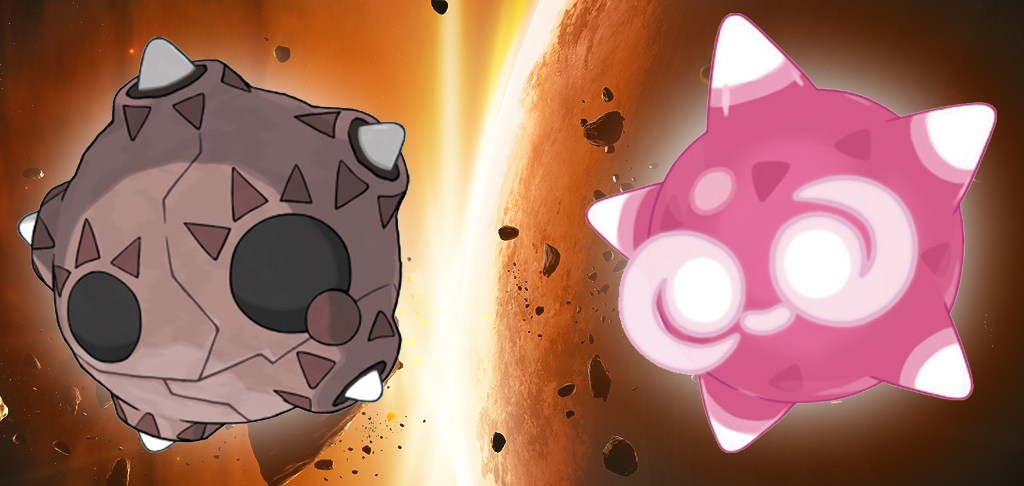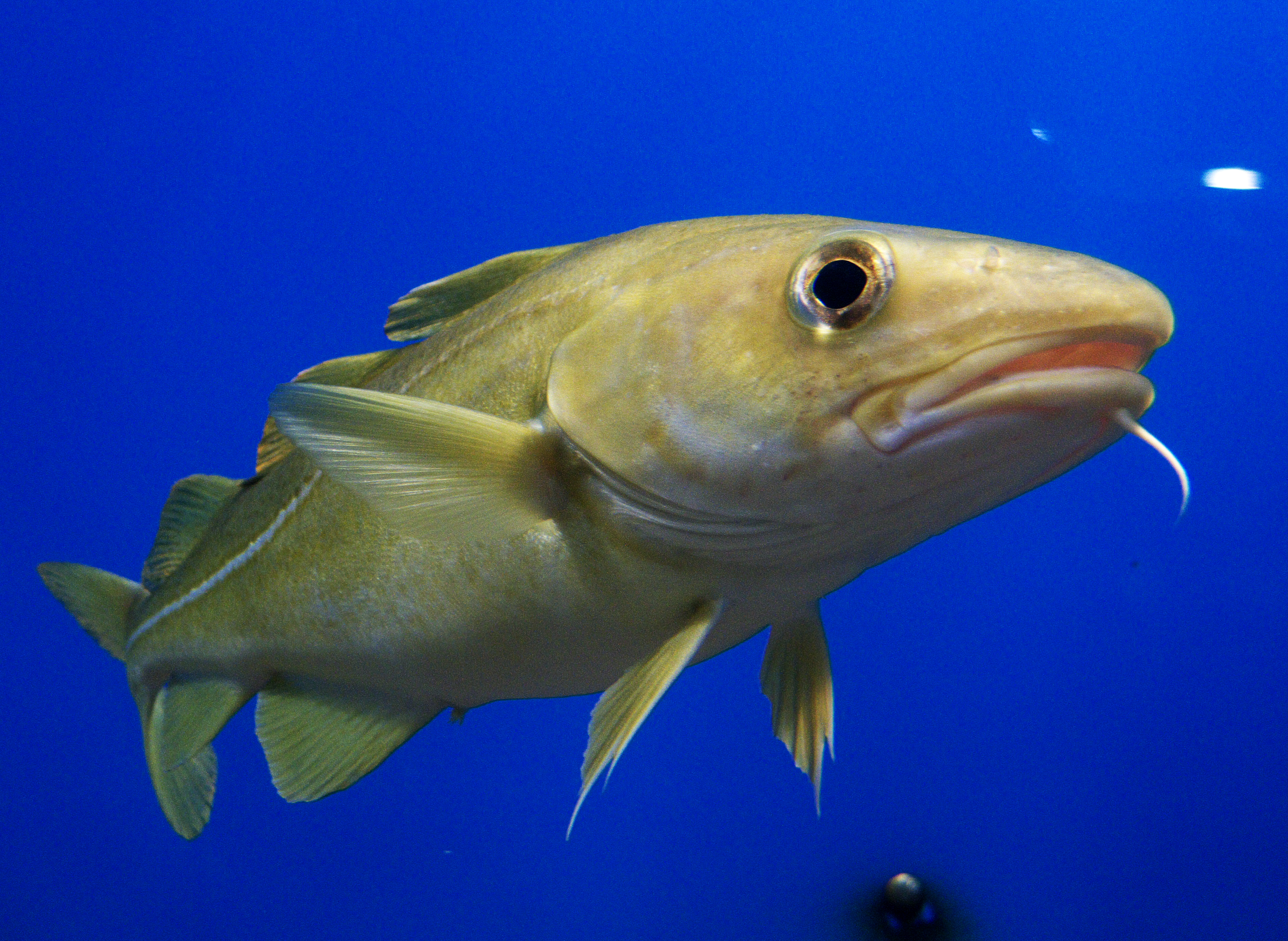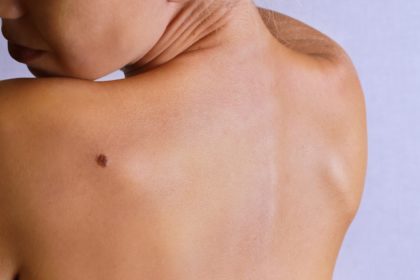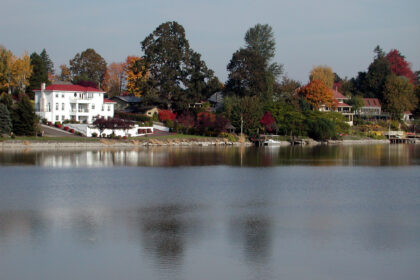Minior is a dual-type Rock/Flying Pokémon introduced in Generation VII. While it is not known to evolve into or from any other Pokémon, Minior can change forms during battle, depending on its Ability and current HP. Take a look below for 26 fun and fascinating facts about Minior.
1. Minior is a spherical Pokemon with two forms: one form with a rocky outer coating and the other with its core exposed.
2. When it sheds its rocky coating, its core form is both the lightest Rock-type and Flying-type Pokémon.
3. Both of its forms tie with Carbink and Dwebble as the shortest Rock-type.
4. In its shielded form, Minior resembles a modestly sized rock.
5. Its rocky exterior is formed by four large plates separated by two large cracks. The cracks encircle its body both horizontally and vertically. Five white spikes extend just above the rocky surface, giving it a star-shape.
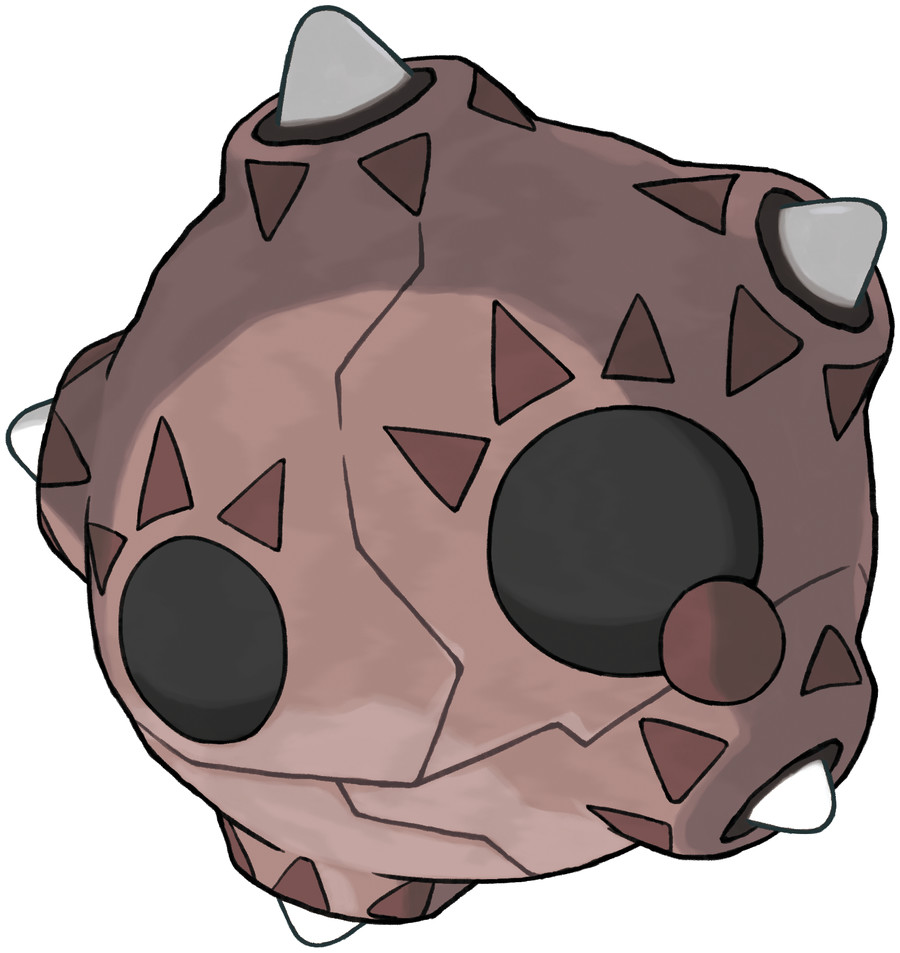
6. Two large, black spots on its front resemble eyes, and there is a third spot in the center of its back. Rings of dark brown triangles surround the holes its spikes protrude from and the spot on its back, pointing outward.
7. One of the triangles surrounding the spot on its back is replaced with a small, brown dot. The eyespots have a half-ring of triangles resembling eyelashes.
8. One eye has a small, brown dot in the corner.
9. Even while apparently at rest, Minior tends to spin slowly in place.
10. In its core form, Minior loses its rocky shell and its body is exposed. The core is a bright, pastel color.
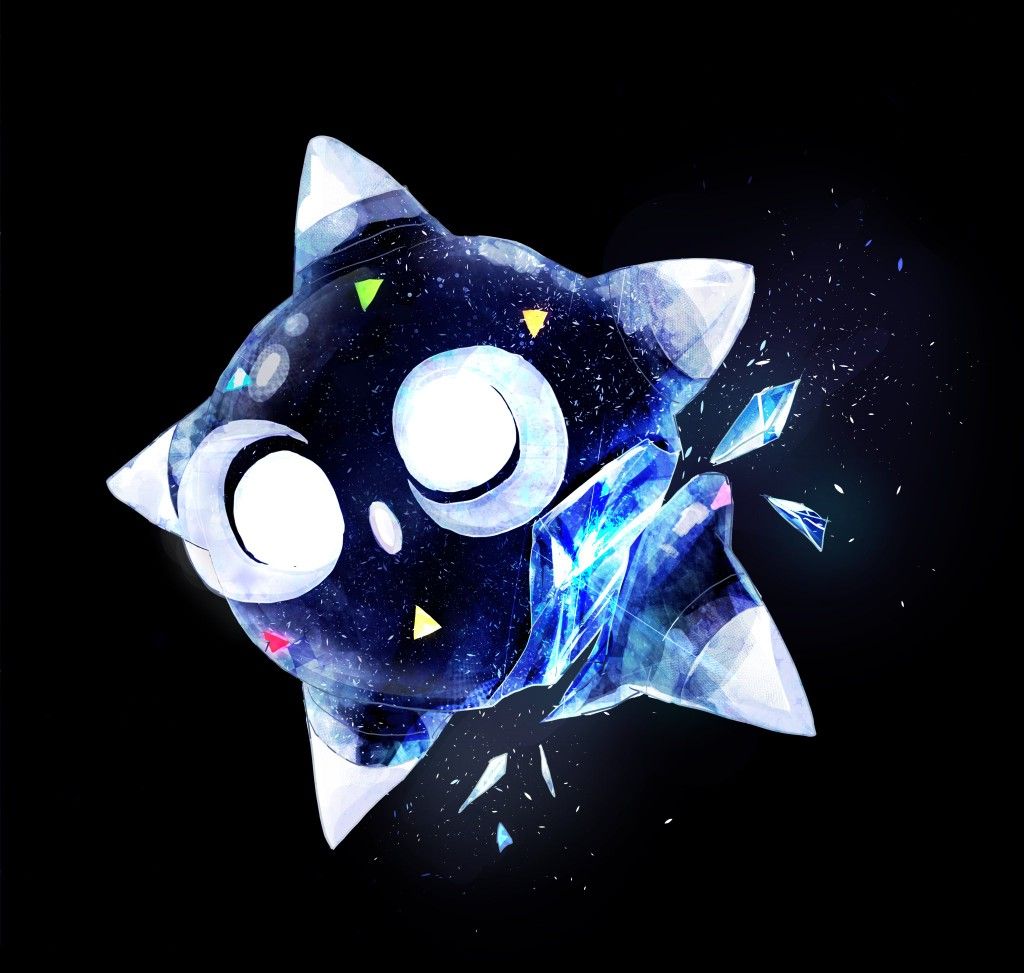
11. Depending on the color of debris and food it absorbed and ate while in the stratosphere, Minior’s core can be Red, Orange, Yellow, Green, Blue, Indigo, or Violet.
12. A handful of darker triangles are also visible on its body in random places. Minior’s eyes and mouth are formed from energy that floats in front of its body like a two-dimensional mask.
13. The eyes are two large swirls and the mouth a smaller line.
14. Its face tends to stay level regardless of how Minior spins the rest of its body.
15. Minior forms in the stratosphere from an aggregation of mutated nanoparticles, where it absorbs particulate matter from which it builds its core and shell. Eventually, this process makes it too heavy and it falls towards the surface of the planet.
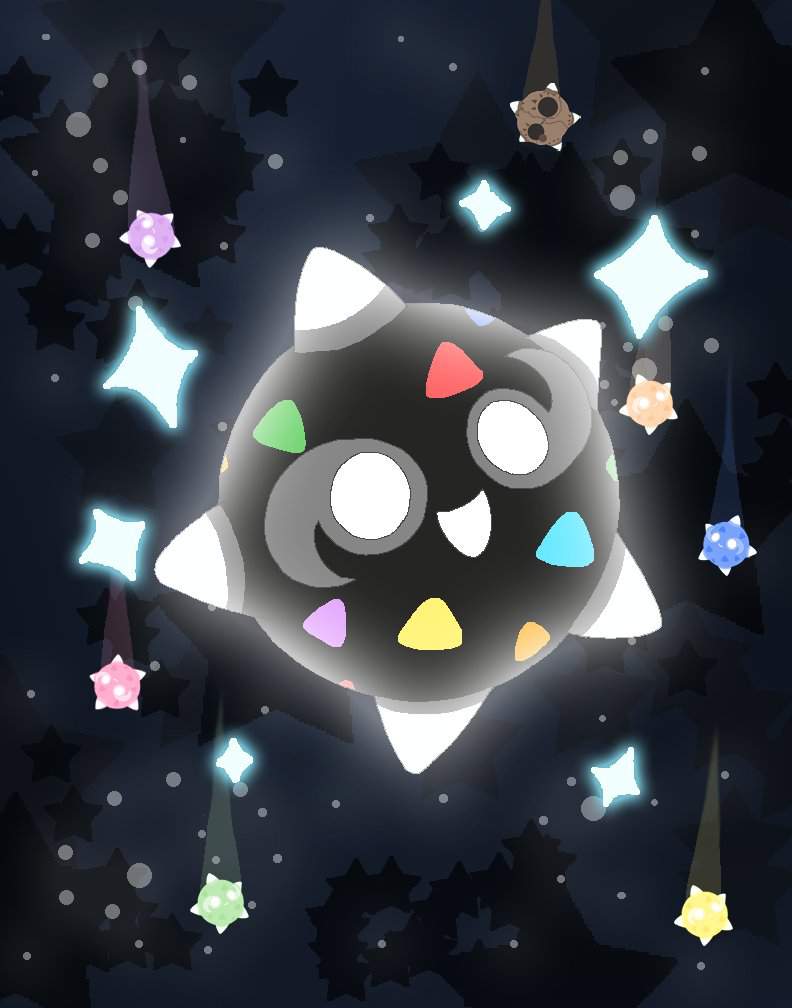
16. When its shell breaks from landing, Minior becomes lighter and capable of attacking quickly. However, it cannot survive for long with its core exposed, and will eventually die if not placed inside a Poké Ball quickly enough.
17. The cute, pastel coloring of Minior’s core form often inspires designers to use it as a motif for clothing and accessories.
18. While in the ozone layer, it serves as food to stronger Pokémon.
19. Places where Minior fall are few, Alola being one of them.
20. Minior was designed by Hitoshi Ariga.
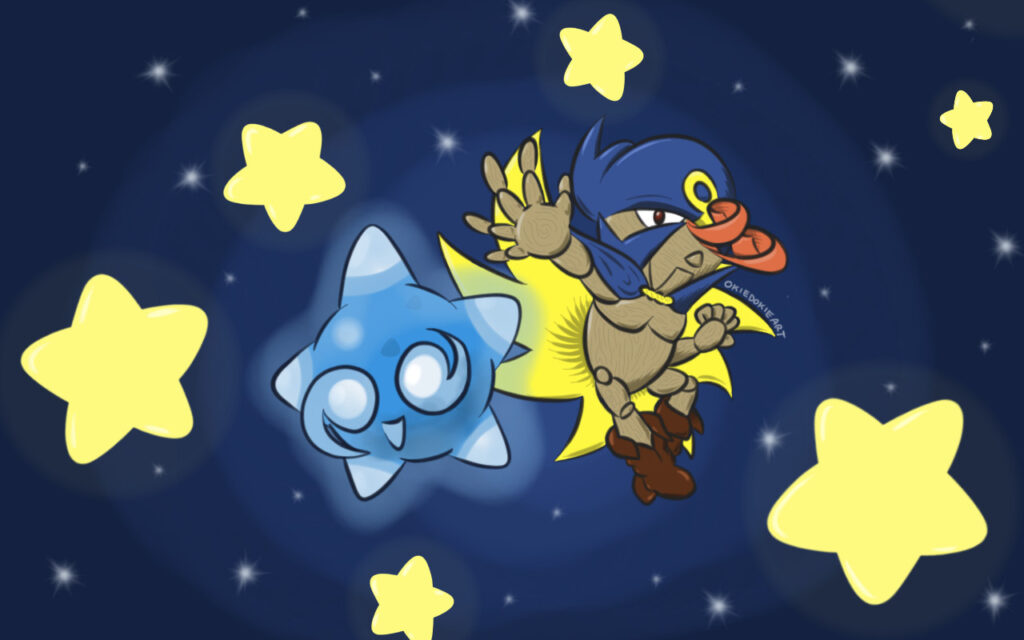
21. In Generation VII, and in the Nintendo Switch version of Pokémon HOME, all colors of Minior’s core form share the exact same Shiny appearance.
22. Minior is tied with Alcremie as being under the most Pokédex color groupings, with a total of six.
23. Minior is the only Flying-type Pokémon to consist only of a head.
24. Minior is likely based on a meteor, which are colloquially known as “falling stars” or “shooting stars”. The colors of its core form roughly correspond with those of a classic rainbow, or ROYGBIV. Additionally, Minior’s Core Form design may take inspiration from the Japanese star-shaped candy konpeitō, while its Meteor Form could be a reference to gashapon machines, which dispenses toys in capsules – the toy it gives is random each time, and the capsule must be opened to see it, just as Minior must break its outer shell to reveal which colour it is.
25. Minior is likely derived from meteor, and may involve any mixture of the words mini, minor, junior, armor, ore, and core.
26. Multiple Minior debuted in Showering the World with Love!, appearing in all of their forms. Ash’s Poipole befriended a Minior with an Orange Core, but was later forced to say goodbye to it. All of the Minior reappeared in a flashback in Securing the Future!.

